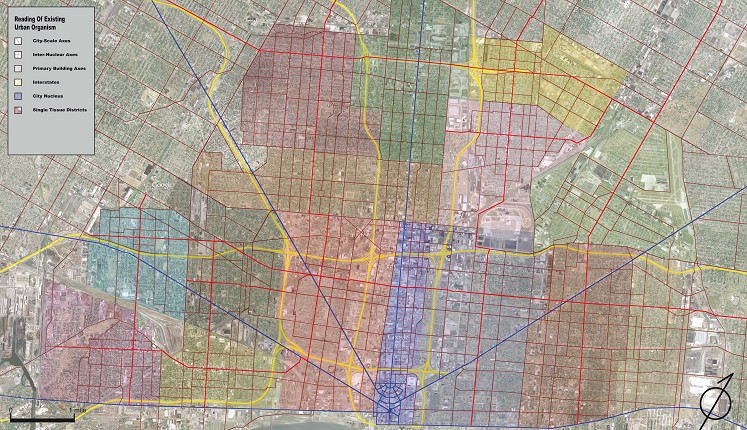Re-organizing the modern city
The town in the past was characterized by a high degree of organic unity, deeply rooted in its slow process of formation and transformation, by successive stratifications, strictly connected with the orographical structure of the place, the network of roads over its territory and the systems of landed property distribution.
To each settlement corresponded a pertinent territory, so structured as to thin away gradually from the centre to the periphery where it met the border-line of other settlements. As a consequence, the territorial body consisted of different scale sub-organisms, each having its own centre and its own periphery.
The modern city, the fruit of successive expansions of the original settlements occupying a nodal position in the territory, grows at first by saturating its own original territory and then by acquiring areas belonging to other elementary organisms, originally endowed with an autonomous structure, and ends by annexing them totally within its undifferentiated peripheries.
Both in the presence of spontaneous growths and in the case of planned growths, the new urban structure tends to extend itself like a uniform net over a great variety of different local realities, each having its own shape and its own functional balance.
Planning the modern city anew means, first of all, becoming conscious of the growing complexity of the territory that the town (or the city) embraces in one urban continuum, through the acknowledgement of the relations and the successive degrees of hierarchy between the elements which form - on different scales - the structure of the city.
